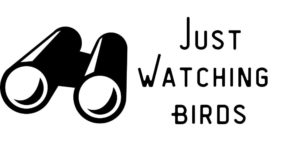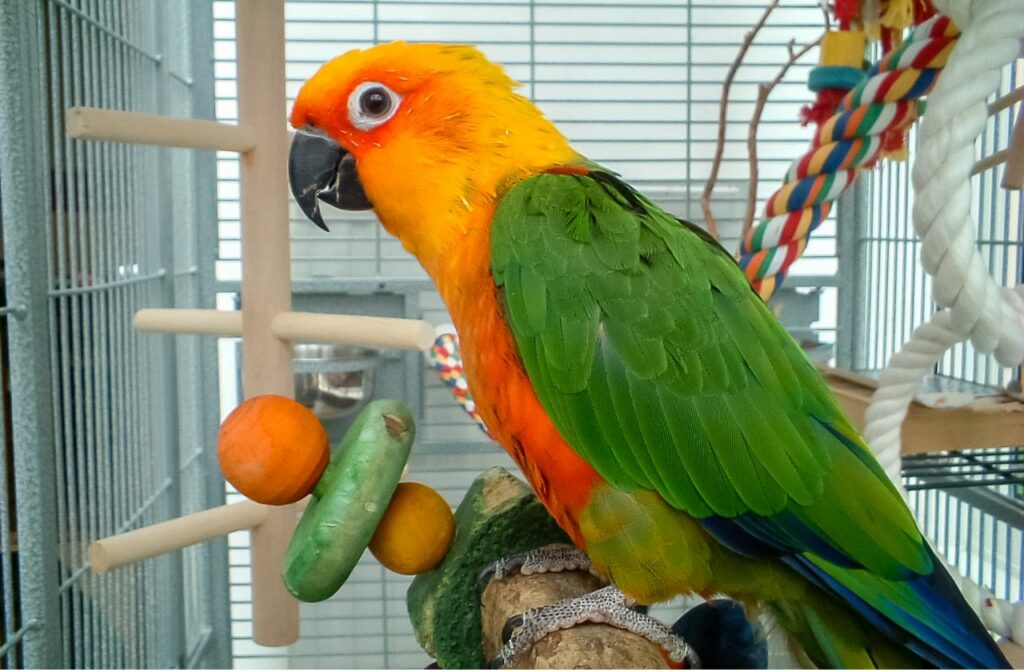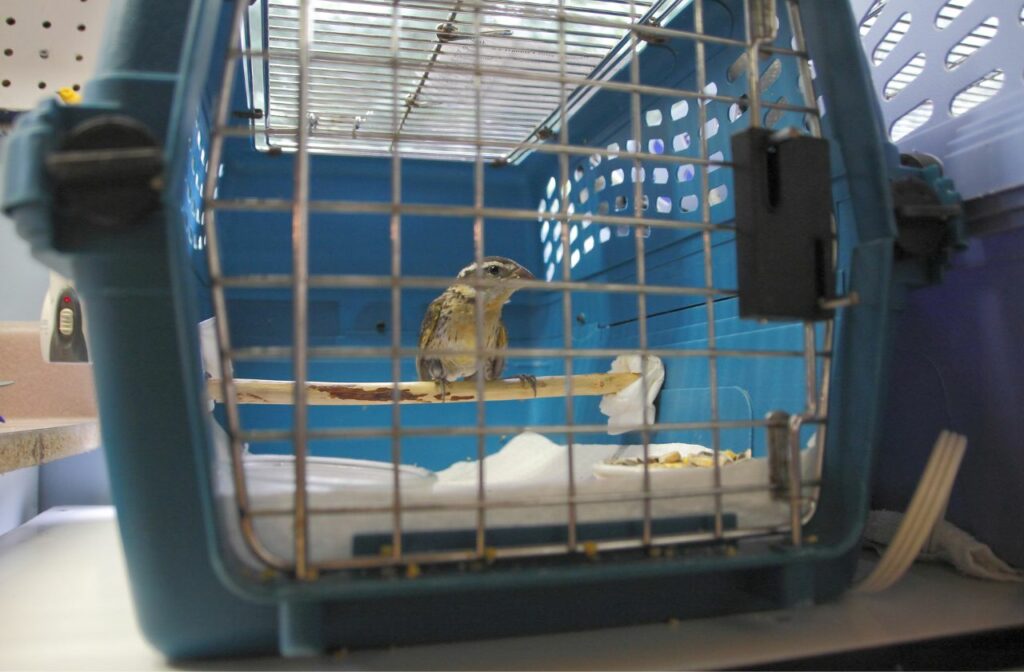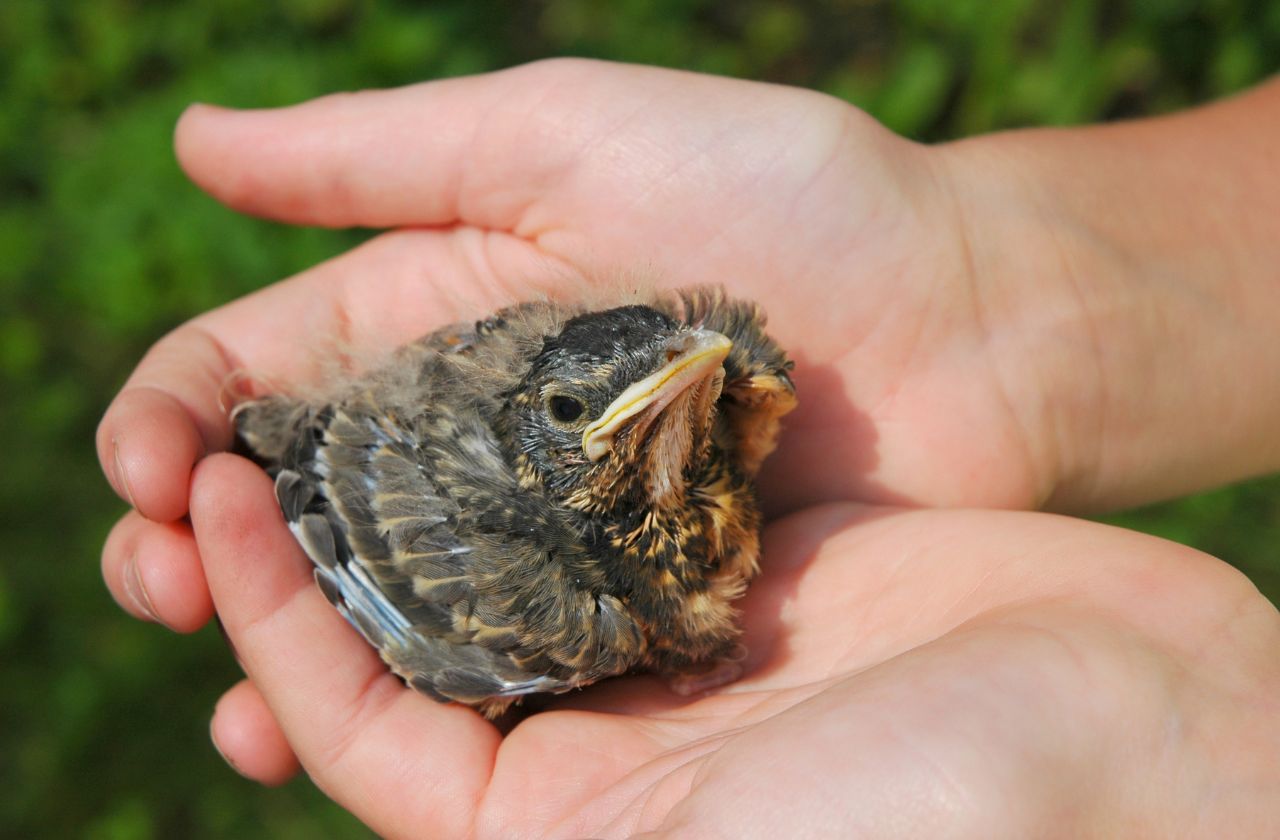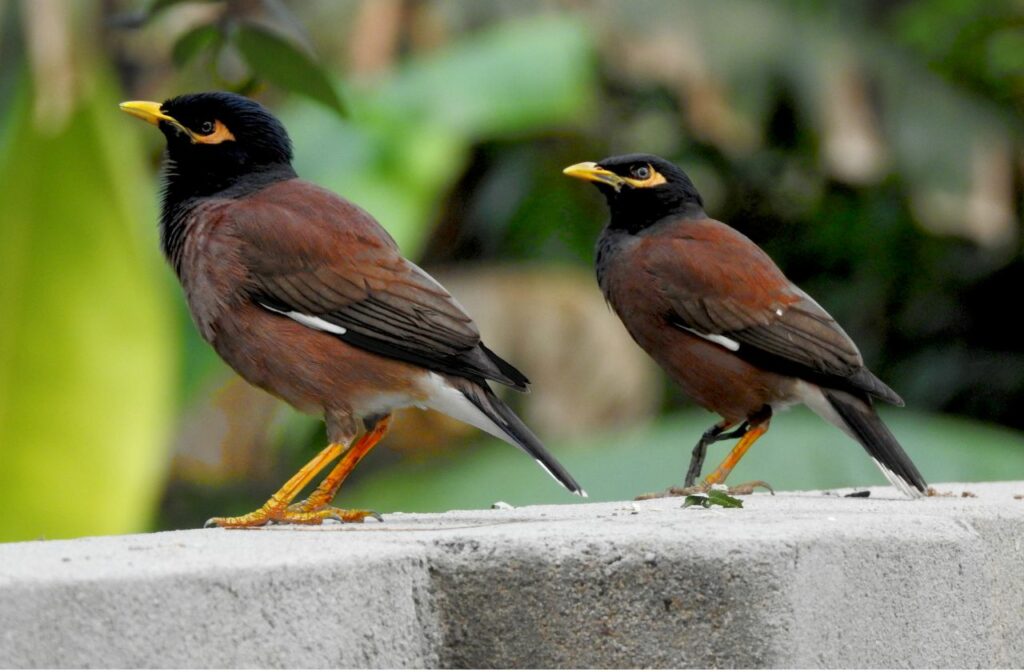As an Amazon Associate, we earn from qualifying purchases with no additional costs for you.
Wild birds are used to living out in the wild in nature. Many people love birds and consider them to be the perfect pets. You may wonder if keeping a wild bird is a good idea or even legal.
Keeping wild birds as pets is considered a felony in the USA unless you have specific permits to do so, as is the case with rehabilitation centers. Permits are not usually needed for species considered exotic or invasive to a country, like parrots, parakeets, and canaries.
Read further to learn more about the types of laws concerning the conservation of wild birds and under what conditions wild birds are legally allowed to be kept.
TIP: If you want to check out the best pair of binoculars for bird watching, we recommend a pair of waterproof and fog-proof 8 x 42 binoculars like the Celestron – Outland X 8×42 Binoculars (Amazon link).
What Wild Birds Are Legal To Keep?
Most indigenous wild birds cannot be legally caught and kept by the general public. There are laws governing wildlife in each country. There are, however, some species of birds in the wild that you are permitted to catch, hunt, or keep.
In general:
- Indigenous bird species are protected. It is illegal to catch, harm, transport, or house these species in any way. Indigenous birds are species that are native to a particular country. State and Federal legislation exists regarding the protection and conservation of indigenous birds and other wildlife.
- There are hunting seasons when, at certain times of the year, in some parts of the United States, it is legal to hunt doves and waterfowl. Hunting times vary from state to state. You cannot hunt these birds year-round.
- Bird species classified as exotics can be kept as pets in cages or aviaries. These often include parrots, finches, canaries, and mynah species. Which of these can be kept will depend on what country you live in since some of these birds are found in the wild in some places.
- Exotic or invasive species are not legally protected. Such species include the European Starling and House Sparrow in the United States. Other countries will similarly have a list of invasive species that are not protected that you could potentially keep. For instance, in South Africa, the Indian Mynah and Ring-necked Parakeet are listed as invasive species. Both this parakeet and mynah are invasive in other parts of the world as well. For instance, Ring-necked Parakeets are now found in London.
In some countries, you may still need a permit to keep a bird species that is classified as invasive, so it is essential that you are aware of your country’s laws.
TIP: Knowing how to spot the birds in your yard is key to enjoying visits from your winged friends as much as possible! The best sources are trusted books, I recommend using the following (Amazon links):
– National Geographic Field Guide to the Birds of North America
– National Audubon Society Birds of North America
Wild Birds Housed In Rehabilitation Centers
Wildlife rehabilitation centers are permitted facilities that are legally allowed to house, care for, and rehabilitate indigenous wildlife. These centers aim to return injured and orphaned wildlife to the wild with minimal imprinting on humans.
Caring for birds requires skill and experience, which is why it is not a good idea for any person without training to try to rehabilitate or rear a bird on their own. You are more likely to cause more harm, besides which it is probably illegal unless the species is a non-indigenous species.
It is always best to contact a wildlife rehabilitation center if you do find a bird or other animal that you think is injured or orphaned. They can advise on the next steps and help you find the nearest permitted facility that can take care of the animal.
TIP: Not all injured birds are rehabilitated by humans, so what happens to them in the wild? Read this article to find out. Should you feed birds at all or only during winter? Find out here.
Providing The Correct Food
It is vital that wild birds in rehab are fed the correct diet. This is part of the reason the costs of running such facilities can be high. Without the correct foods, birds will not develop properly and end up with deformities, stunted growth, poor feathering, and even death.
Careful research and preparation are needed to provide healthy meals to suit each indigenous bird species that is being rehabilitated.
TIP: Are you looking for high-quality food for wild birds on your backyard? I recommend using Wagner’s products with the highest quality grains used in blending and made in the USA (Amazon links):
– Deluxe Treat Blend Wild Bird Food
– Eastern Regional Wild Bird Food
– Western Regional Wild Bird Food
– Midwest Regional Wild Bird Food
– Southern Regional Wild Bird Food
Using The Correct Feeding Method
Feeding injured wildlife is challenging and may require tube feeding, where a tube is placed into the mouth and down the throat. This requires skill to not injure the bird.
Chicks can be fed with a syringe or small spoon, but the big risk is aspiration. This is when food accidentally enters the trachea of the bird, effectively choking the animal. This can lead to aspiration pneumonia and, often, death.
The anatomy and small size of birds make rearing them very difficult. This is another reason why the general public should not be tempted to rear baby birds on their own.
There is a good chance that you would injure or even kill a baby bird if you attempt to rear it on your own. This is why you must contact a licensed rehabilitation center to find the best-permitted rehabber to take the bird.
Avoiding Imprinting
When baby birds imprint, it means they think of a human as being their parent. To survive in the wild, the bird must not be imprinted on people.
This is because an imprinted bird may not recognize danger and may fly to people who are not interested in helping it. An imprinted bird may also not recognize its own species, and so will not know to try to attract a mate of its own species.
Wild birds need to be able to reproduce to ensure that the population remains viable and sustainable in the future.
What Is An Invasive Species?
Invasive species are birds that are exotic to a country and are now living and breeding in the wild. They are often categorized as invasives as they displace indigenous bird species. They may outcompete native birds for food and nesting sites. They may also act aggressively towards indigenous species.
In the past, invasive species may have been intentionally released into the wild. Today, many new invasive species come from escaped exotic birds. These invasive species can cause havoc in the new country. For instance, the Ring-necked Parakeets in Hawaii often decimate crops.
Common Mynahs, formerly known as Indian Mynahs, also have a bad reputation as an exotic invasive in countries like South Africa. In the United States, there are no invasive mynahs, but they do have the European Starling.
Exotics And Invasives You Can Keep
There are a number of birds that you can legally keep as pets, namely species that are exotics. In other words, birds that are not found in the wild in your country. Exotics are non-native bird species that are reared in captivity specifically for the pet trade. These generally include the following types of birds:
- Finches
- Parrots
- Doves
- Parakeets
- Canaries
- Mynahs
Each country has specific laws and regulations regarding what types of birds can be kept, bred in captivity, and sold to the general public. Some birds that are non-indigenous in a country may become invasive if released into the wild.
Conclusion
Most indigenous wild birds cannot be kept legally. There are some exceptions, such as if you are a wildlife rehabilitation center that is licensed and permitted or are involved in a legal captive breeding program of an endangered species.
There are, however, certain hunting times for some birds like doves and waterfowl in the U.S. Exotics and invasives can be legally kept in most countries but should not be released into the wild.
TIP: Check out my recommended products if you are looking for the best and trusted equipment for birdwatching in the wild or on your backyard (Amazon link):
